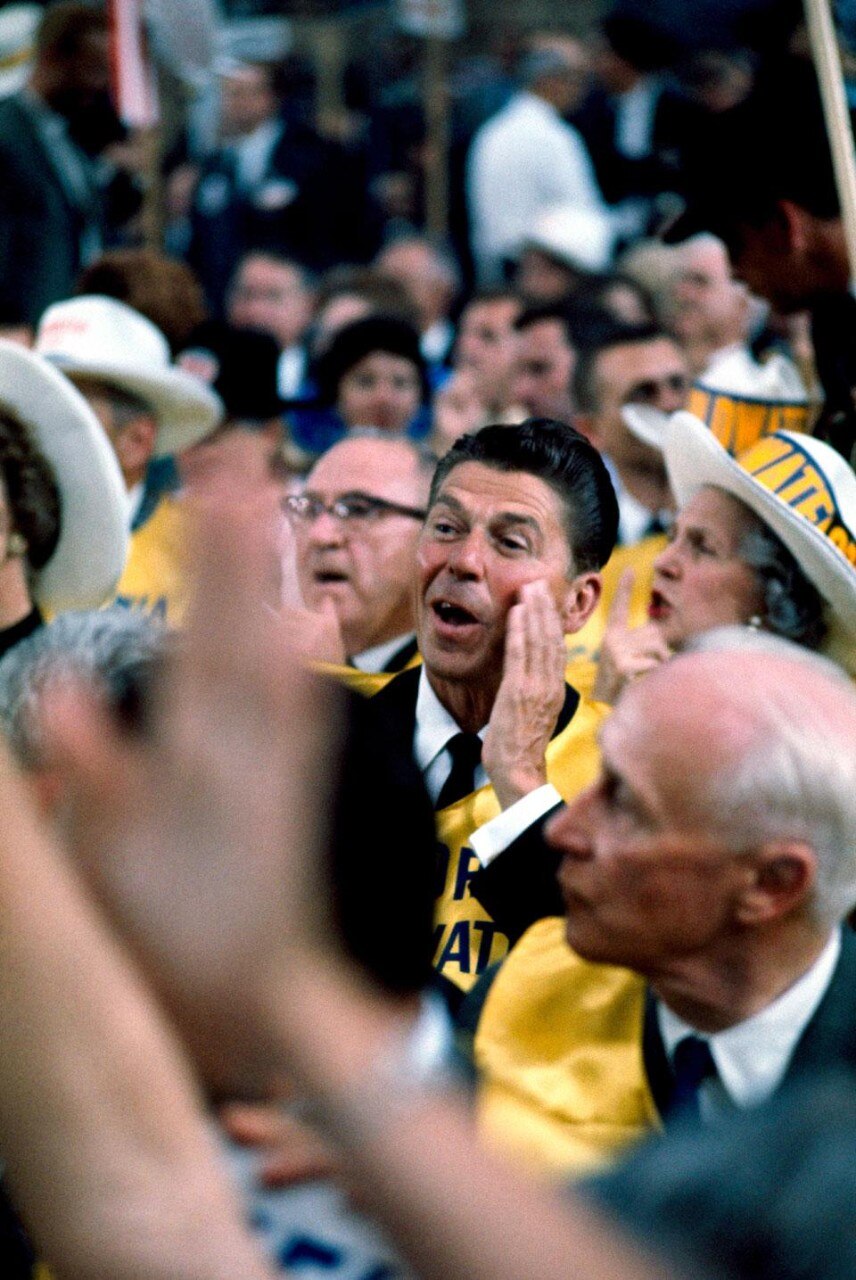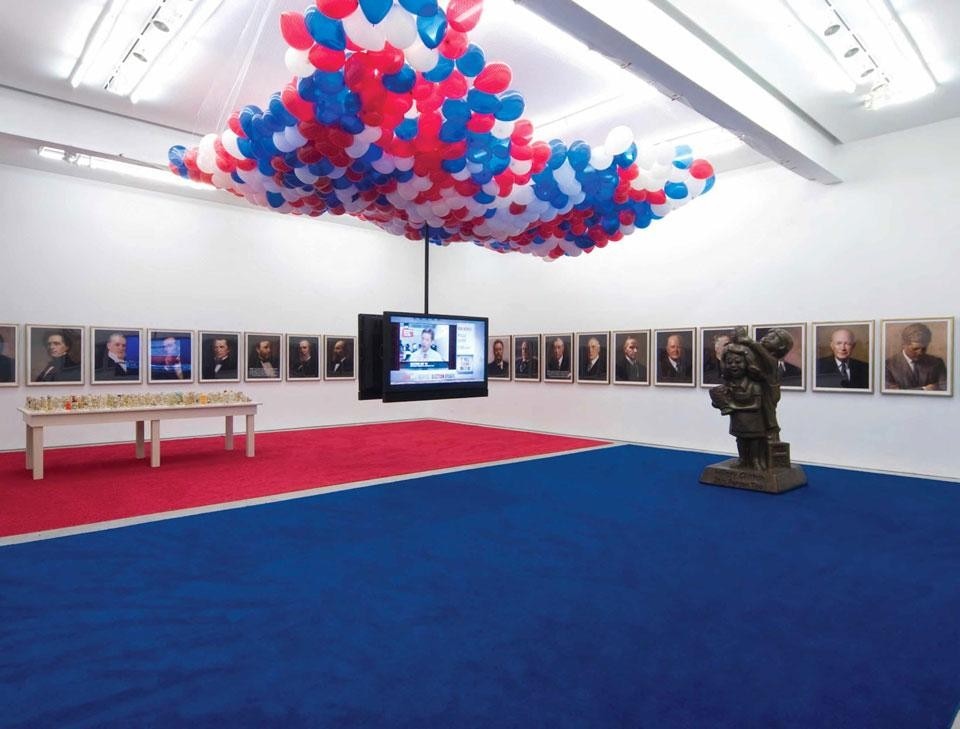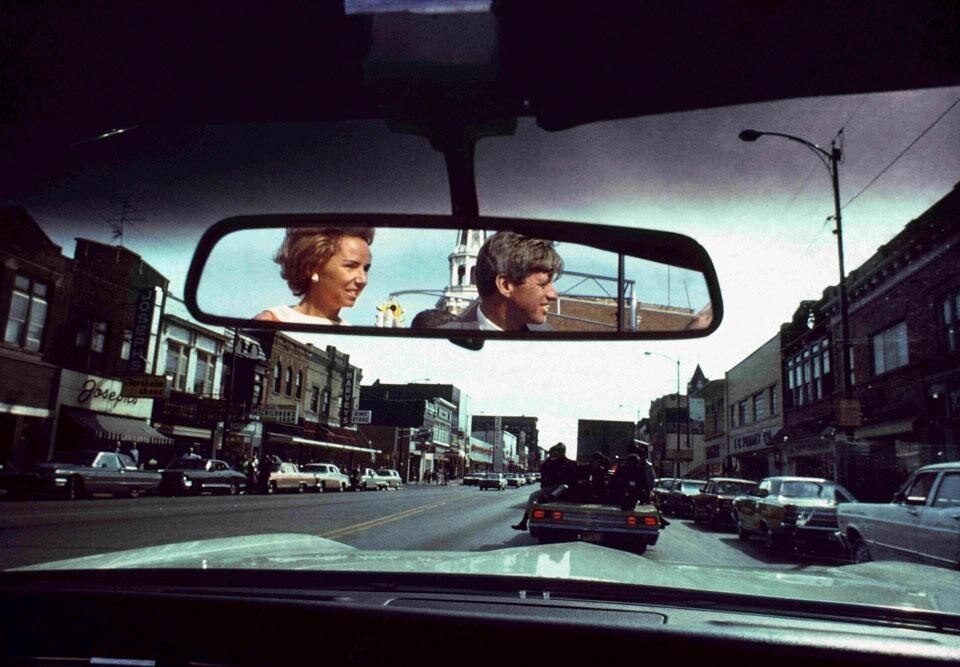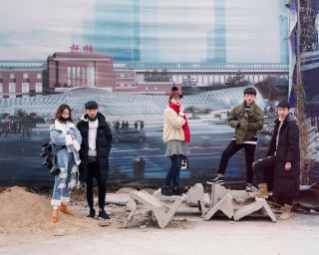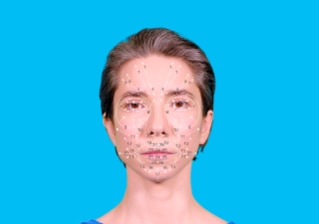Emanuele Piccardo: How did you get the idea for the show and what are its basic premises?
I was nostalgic. I followed the 2008 democratic primaries between Barack Obama and Hillary Clinton and then the John McCain campaign. I saw it all; I visited eighteen states in thirty-six months. I still have that strong sense of popular participation - a theater in perennial construction. I wanted to recreate that sensation so that Italians can understand an American political campaign. The show was put together using very different materials: from a collection of Magnum's photographs from the Kennedy era to Obama to contemporary art; from the Chinese artist, Yang Pei Ming, to the American, Horowitz, and the Italian, Vezzoli, who worked on American elections. And then there is the visual culture: 1950s election commercials, the Kennedy-Nixon debate, gadgets and pins dating from 1896 to the present day. In addition, there is a film festival organized with the Museum of Cinema in Turin. Cinema is another great investigator. It manages to explore the mechanisms of American power more effectively than the other arts. Just think of movies like "All the President's Men" or "Frost/Nixon."
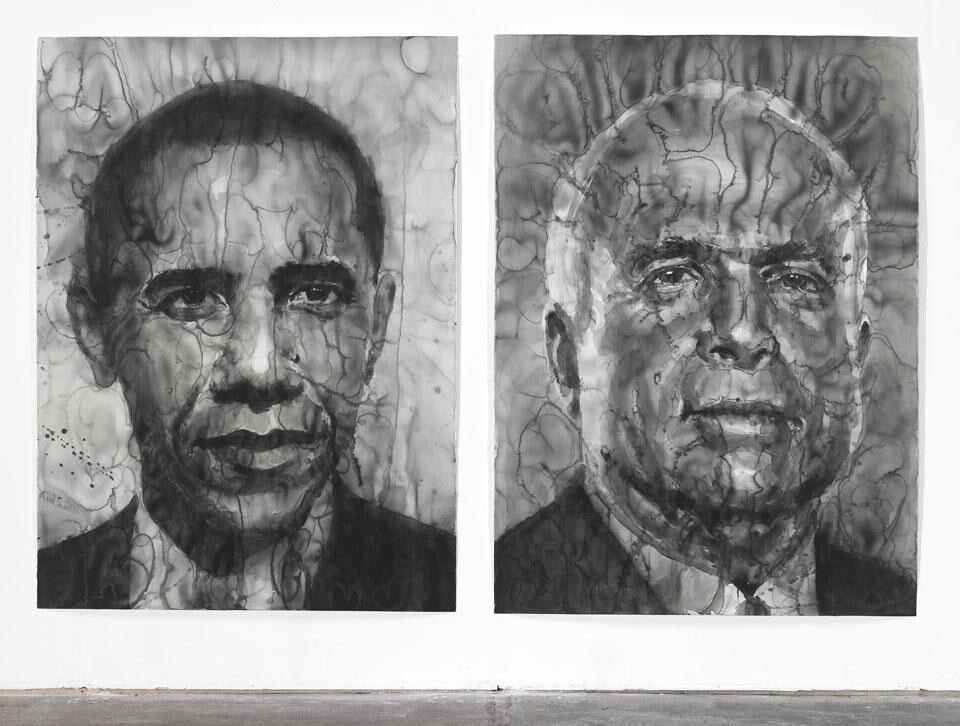
The gestures are striking in the photographs and images. There is old American saying, "the more hands you shake, the more votes you get." This is no longer true because of today's TV and on-line campaigns. YouTube can do so much more than a handshake; the important thing is that the handshake is seen by millions on TV and YouTube. When we were putting the show together, I noticed a substantial difference between Republican and Democratic presidential candidates. The Democrats are more geared to people and so they tend to stretch their hands downwards to the people. The Republicans, however, raise their hands up – like the victory V. Nixon, for example, always raised his arms. Kennedy, Clinton and Obama keep their hands down and this gives a clear indication of the candidates' political stance.
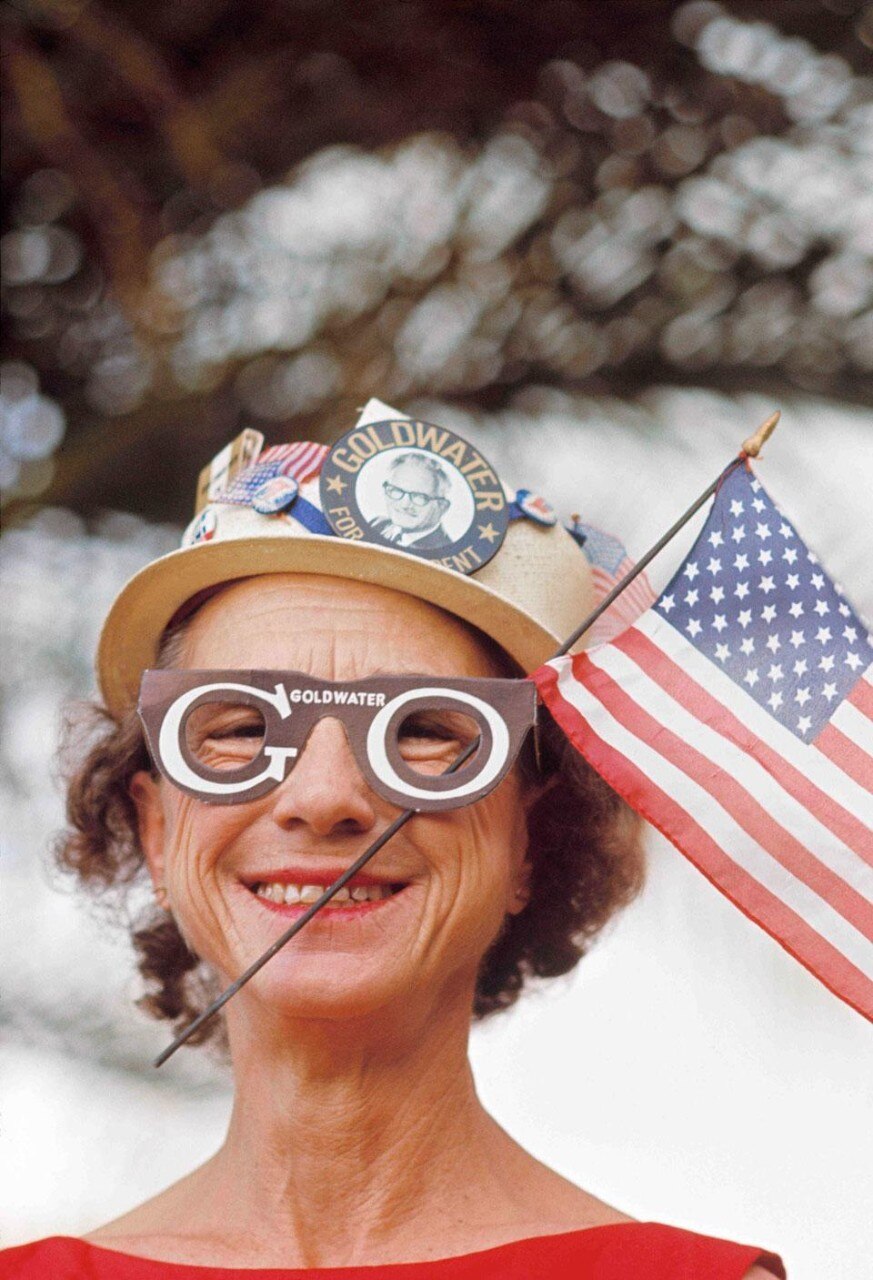
I think that it is not the dream itself that has been strengthened, but the myth of the dream. During hard times, the American sense of belonging becomes even stronger. The country is polarized and divided between Republicans and Democrats, but that feeling of being American does not weaken during times of crisis.
Photography has always told the story of the American dream, from Ansel Adams's mountains to Walker Evans's Great Depression of 1929 to the New Topographics - Lee Friedlander, Robert Adams, William Eggleston and Stephen Shore. Does photography still have the force to narrate patriotic sentiment and sense of belonging?
I am biased. I have a large collection of American photographs, so my answer is yes. I can still find an emotion in photography — that feeling I got when I travelled the American roads. This not only applies to the contemporary world of Robert Frank's America but also to Ansel Adams. It is easy to find it in Adams because the parks and the Rocky Mountains are just the same as when he photographed them. If you read books from the nineteenth century, like de Tocqueville, you can still find that America. It is striking how American DNA has remained intact. It seems to me that photography can still capture it today.
In the United States, if a candidate says something wrong, he or she can survive twenty-four hours. In Italy, on the other hand, politicians survive for years
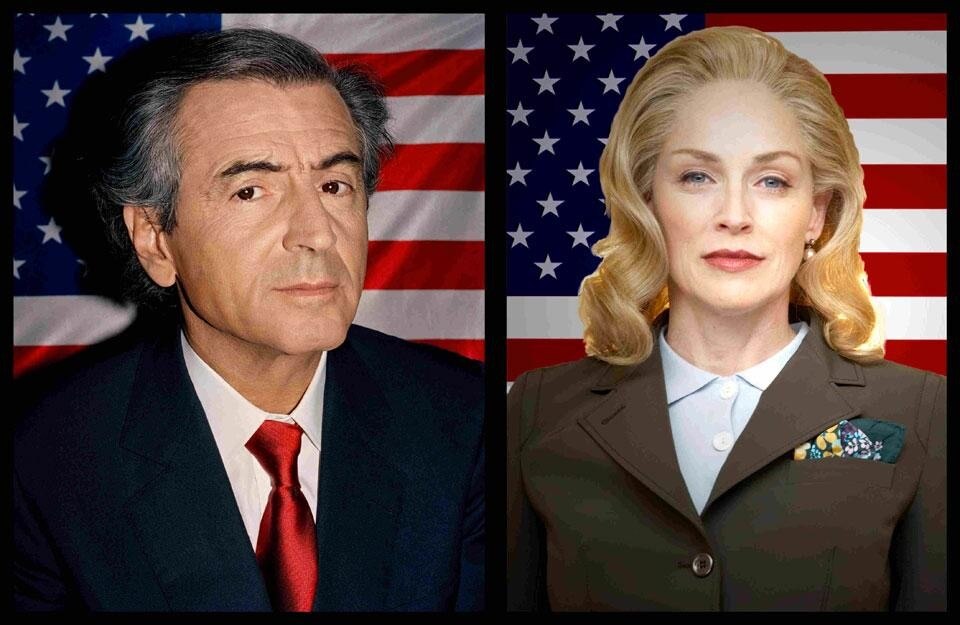
America is a land of space. The sociologist De Rita says that the problem in Italy is the lack of physical and mental space for young people. America has physical and mental space — especially physical space. It is incredible that twenty years ago in Manhattan, dangerous places still existed: the frontier fringes inhabited by artists. Today nothing of that remains. The whole city is gentrified and linear. Artists emigrated to Brooklyn, the Bronx or to other parts of America. This idea of constantly renewed space is always present. Another aspect of space is its abandonment. There is an idea of space that allows people to move without rebuilding, like in Detroit where immense abandoned areas cause great anguish. This would be impossible in Europe because no one could afford to leave a place uninhabited; it would be reconstructed. In America, space seems disposable. To see a city thrown away is agonizing.
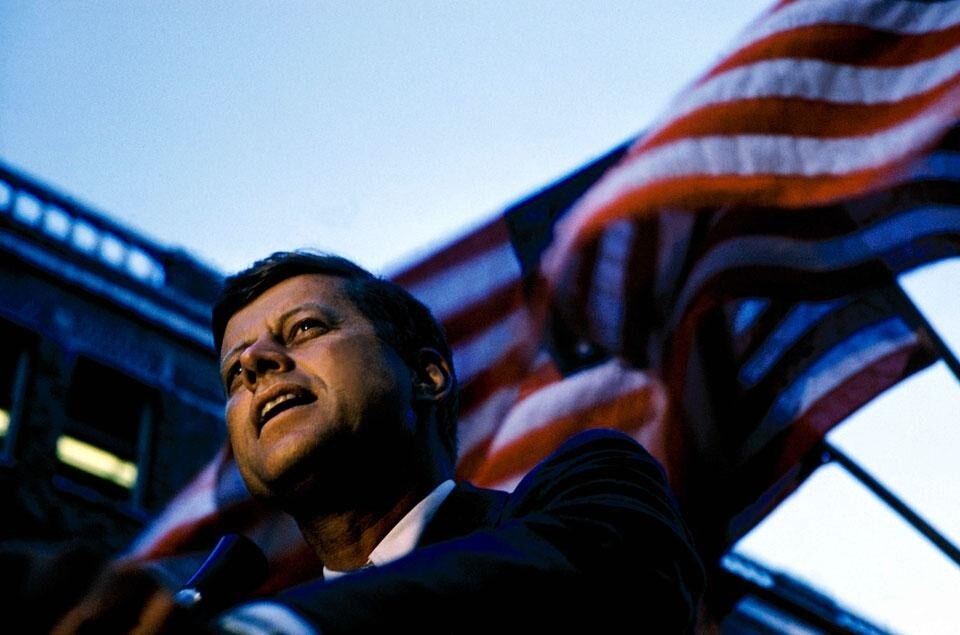
The role of the media in a campaign is still fundamental, even when candidates like Obama want to speak directly to voters without journalistic interference. This can't be done and so that situation doesn't exist. Journalists indicate a campaign's key issues and help pinpoint the crucial voters and areas, but they also highlight errors by fact checking. This kind of fact checking and verification of politicians' statements is missing in most of Europe and in Italy. In the United States, if a candidate says something wrong, he or she can survive twenty-four hours. In Italy, on the other hand, politicians survive for years.
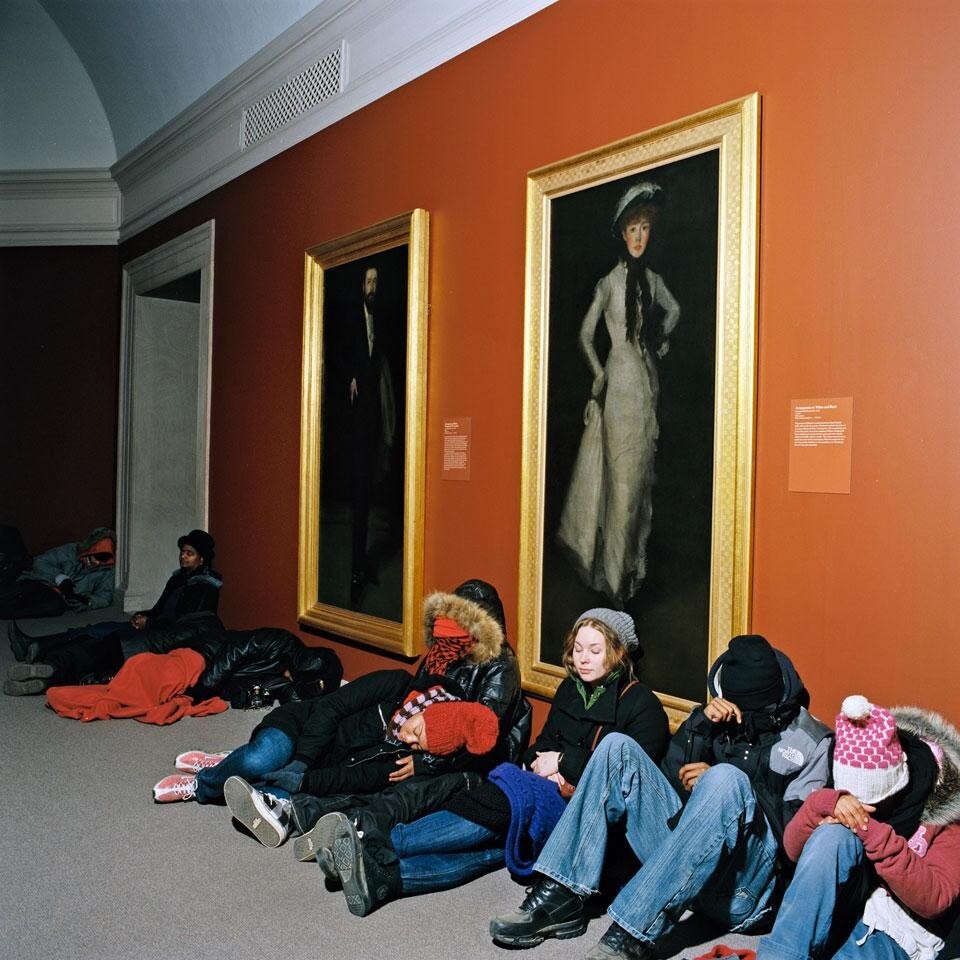
For President
Fondazione Sandretto Re Rebaudengo
Turin, Italy
